A bit about Rado’s roots in watchmaking
When back in the 60s all watchmakers were still producing steel timepieces, Rado had already started to craft the very first scratch-resistant watches; a smart move that most brands wouldn’t even take into consideration at that time and a move that became one of the trademarks of the company from Legnau. Rado was the first manufacturer to ever create its own metallurgy department and today, this department, is still in charge of producing different ceramic compounds; a reality that some of the most famous brands and Rado‘s competitors only started to discover 10 or 20 years ago. Rado‘s ideas are still so fresh and vibrant that it makes you wonder whether the company only appeared on the market a few years ago, so it is strange to think that the Rado Diastar, the very first scratch resistant timepiece ever created and the very first timepiece featuring a sapphire glass to guard the dial, only came to life in 1962.
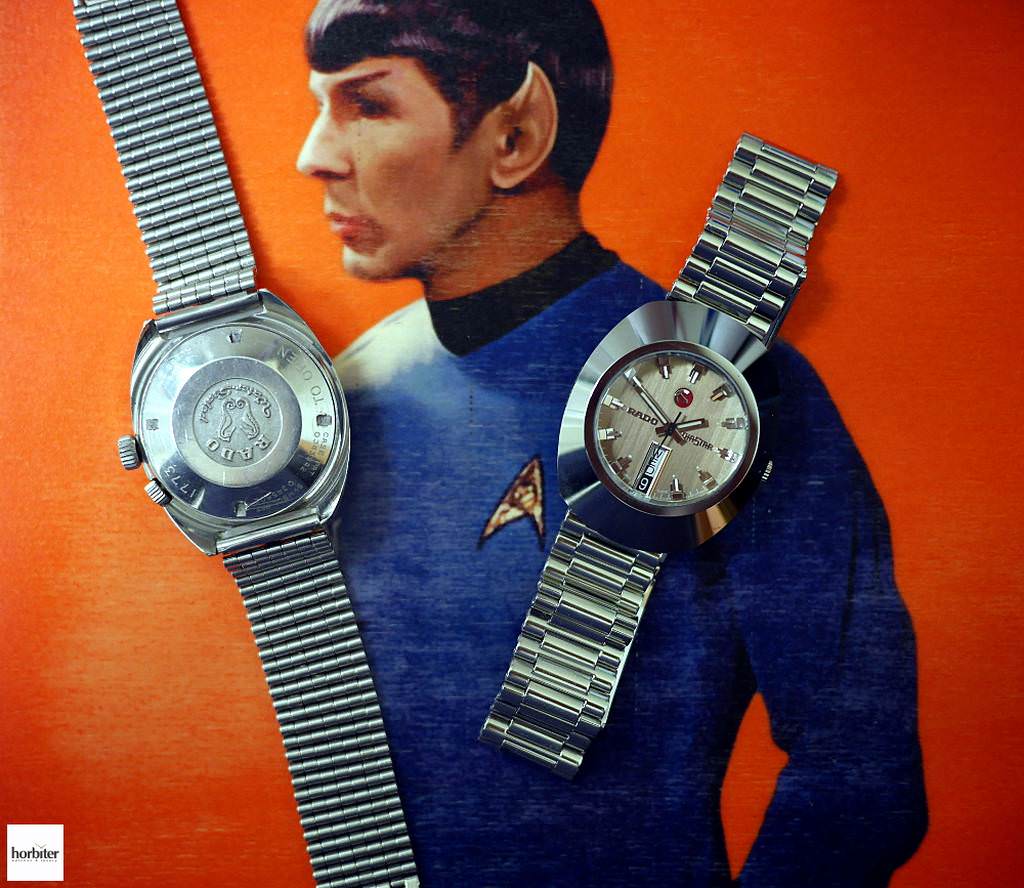
My first Rado watch was a Rado Ticin
My relationship with Rado started when I was young and it is linked to my father, who still wears a Rado Captain Cook, also known as Rado Ticin (from the name of the importer of Rado watches in Italy). My father introduced me to this brand when I was only 10; a time when my passion for watches was growing bigger and bigger by the day. Back in those days Rado‘s billboards sported ads claiming that its watches were “Extraordinary Watches for Extraordinary Men” and it advertized different watch models, among which was the Rado Captain Cook (the scuba diver’s watch par excellence) and the Rado Diastar, the very first scratch-resistant timepiece in history.
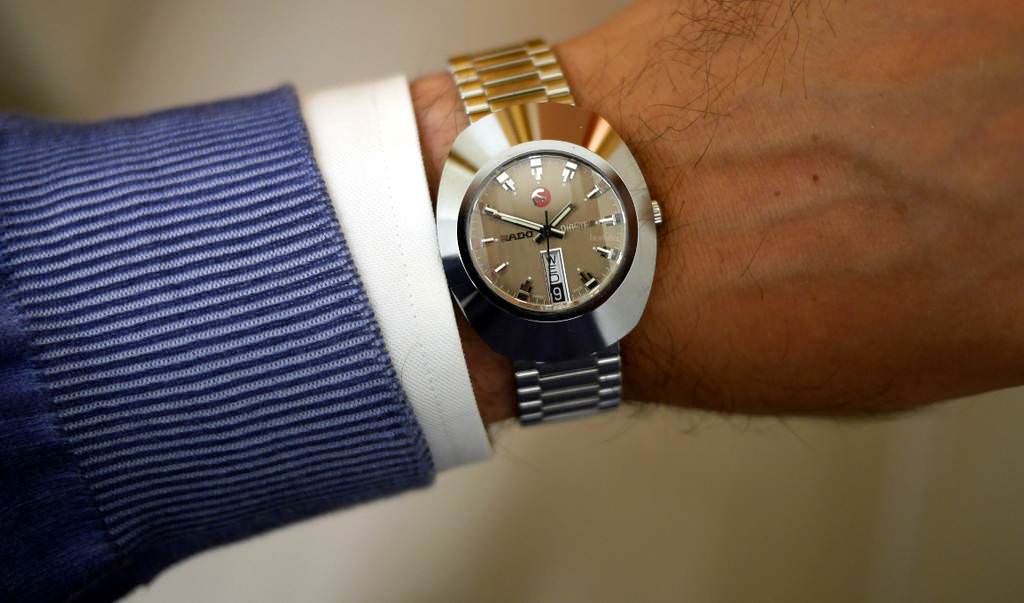
Only five years after its foundation in 1957, Rado patented a new type of alloy called “Hardmetal”, this alloy is created from Tungsten carbide powder that is initially injected into a high temperature oven and then transformed into a new mass through a sintering process. If compared to the most traditional surface anti-scratch coatings, the production process used for the Rado Diastar Original‘s case is a completely different concept: DLC and PVD coatings are surface treatments aimed at improving a watch’s scratch-resistance, but they are traditionally applied to a standard steel core, whereas Hardmetal, despite looking like a classic steel watch, is not a coating, but rather a mass in itself.
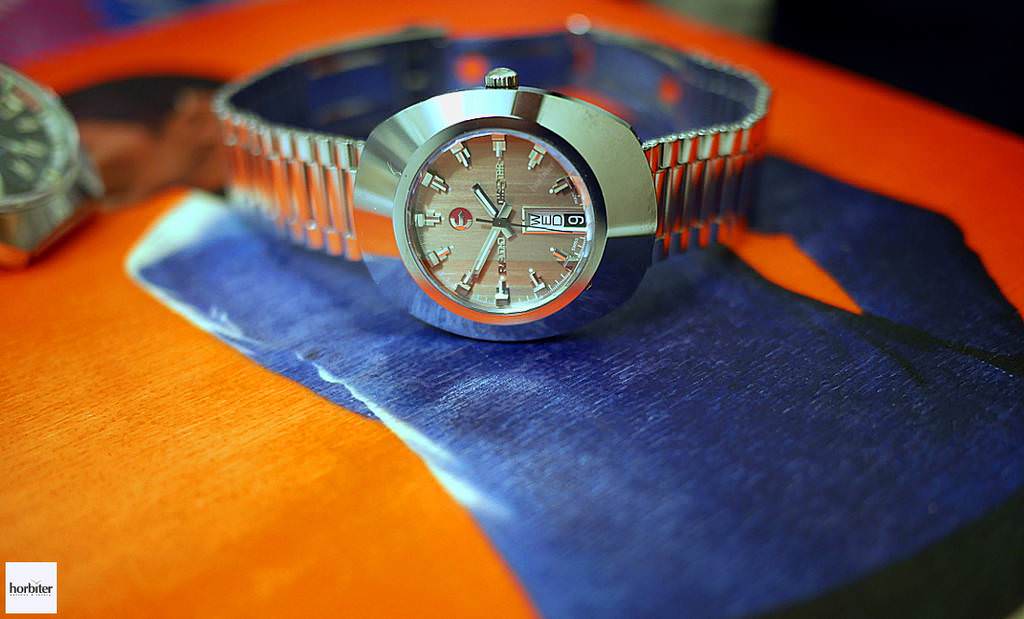
The Rado Diastar Original in its modern edition
The Rado Diastar Original is the new edition, which is virtually identical to the original one, of the Rado Diastar; Rado‘s milestone but, strangely enough, one of the brand’s least famous timepieces. Unless you were born around the time that this timepiece was originally launched on the market you are probably not too familiar with it and Rado‘s ads are usually much more focused on the Hyperchrome, which is definitely its leading collection. If in 1962 you were in your 20s or 30s and you had a few money put away to get yourself a nice watch, your most likely choice would be a Rado Diastar; the Rado Diastar was a classic-looking, simple and sturdy timepiece sporting high quality features. Back in those days, opting for a Rado Diastar was a controversial choice, but that also meant that you would be wearing the only timepiece featuring a sapphire glass in a time when every other watch’s dial was still covered in plastic.
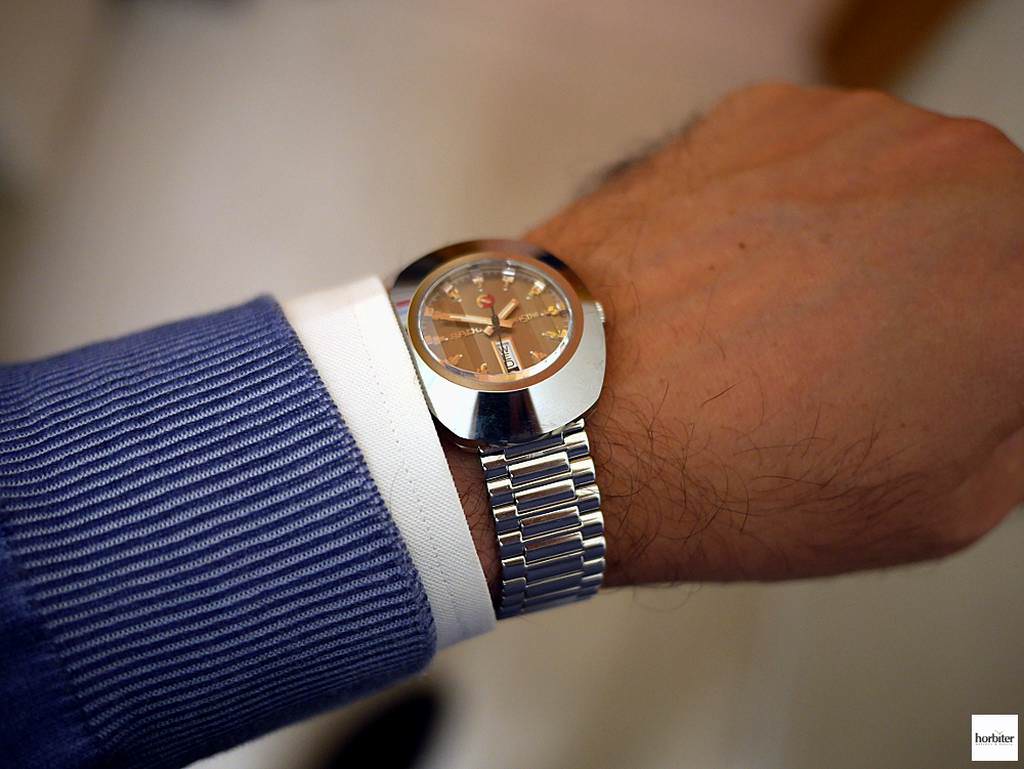
The Rado Diastar Original – opinions and price
The Rado Diastar Original with its 35mm unconventionally shaped case might look like a woman’s watch, it is actually a bit tiny if you have a thick wrist like mine (the circumference of mine measures 20cm) and you need to get used to its odd look, but the Rado Diastar Original‘s typical 70s style is really unique and I am actually wondering why Rado isn’t producing one with a 40/41mm case so as to make it more appealing to an even greater audience. The watch’s steel bracelet is a nice feature and it is the exact same as the orginal one, unlike the Rado Diastar Original‘s case it is not made of Hardmetal (I reckon it might be a bit complicated to cast the links using the same production process of the Hardmetal) and it features a clasp that looks modern but it is actually cheapishly made and its double button opening is not the easiest to manage.
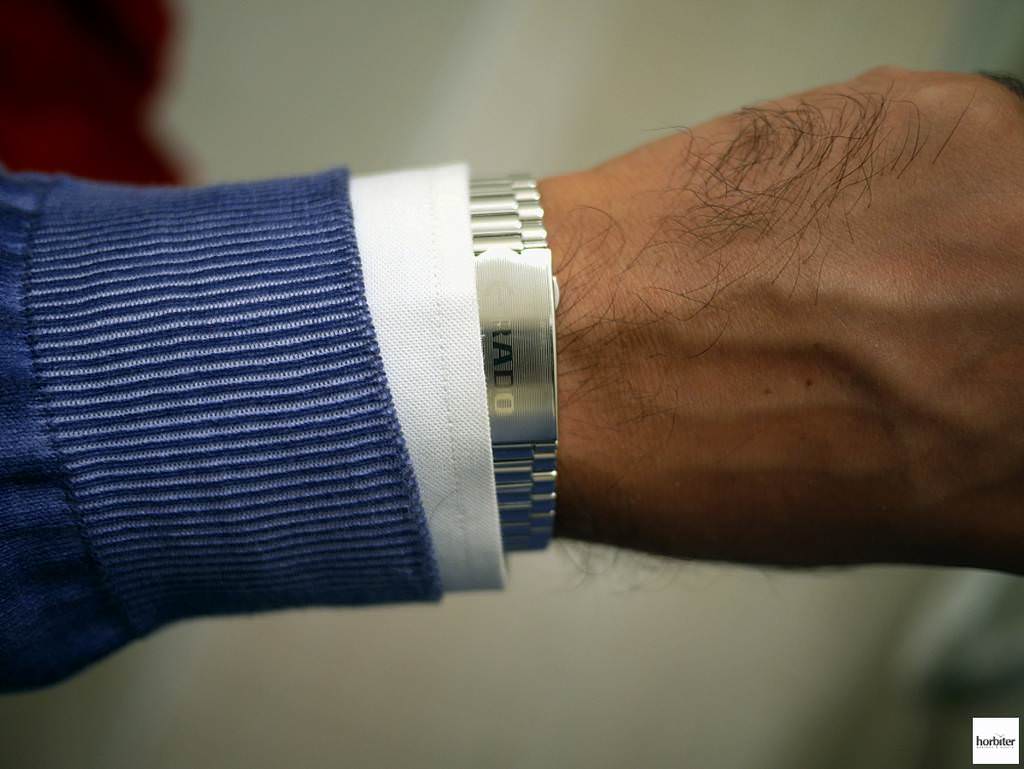 If you are looking into buying a small piece of history of Swiss watchmaking, you can get your hands on the Rado Diastar Original at an accessible price that is just below 1,100€.
If you are looking into buying a small piece of history of Swiss watchmaking, you can get your hands on the Rado Diastar Original at an accessible price that is just below 1,100€.
(Photo credit: Horbiter®’s proprietary photo-shooting)
Gaetano C. @Horbiter®
@Gaetano Cimmino
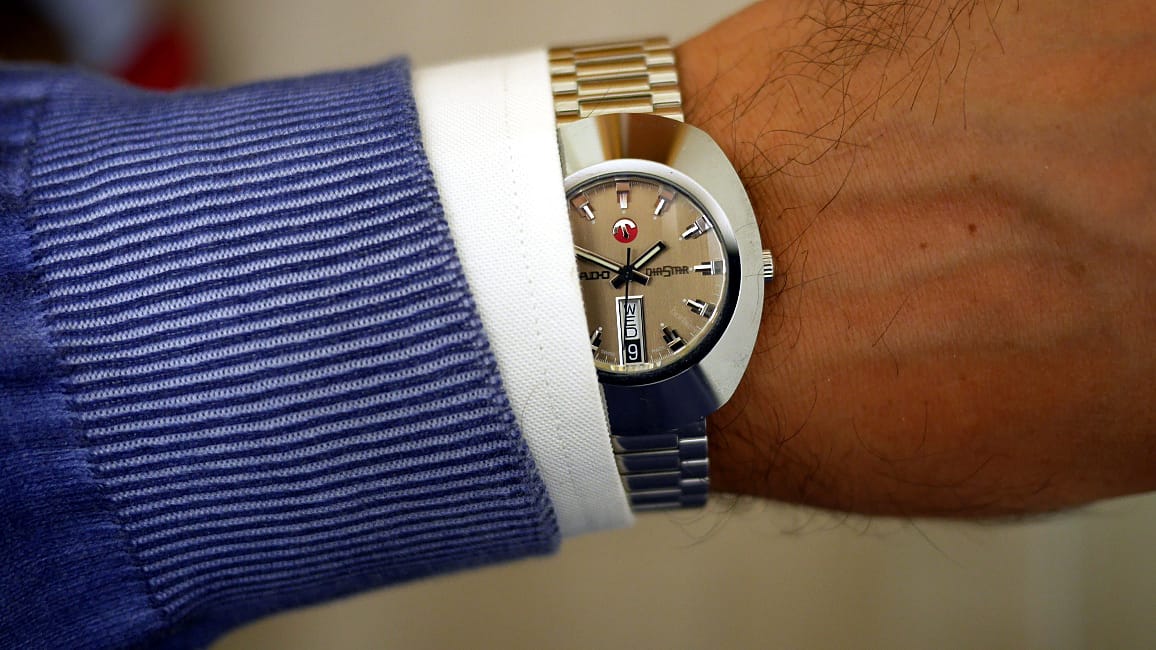

I have a RADO DiaStar 8.625.0008.3 self winding. Silver with the brown face. It was part of a family estate and passed on to me. Looks exactly like the one pictured here. I wore it for a few years and it stopped. Gave it back to my mother and now I have it again after a decade. I have seen it has some collectors value. Any suggestions? At this time I will send it for my time and shipping $50. I am trying to get rid of extra stuff, don’t want to throw it away.
One of the most iconic watches outhere!
As a watch collector, I have always looked for classic timepieces, something that you could recognize at once, like a Navitimer, or submariner, or a Seamaster, these are all common in a collection, due to their history and iconic design, but so is the Rado Diastar, however it is most underestimated, it is, with its tungsten material and unique design the best bargain, A Swiss Made, recognizable watch for 600 euro, fantastic.